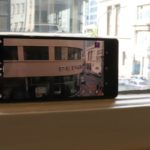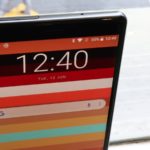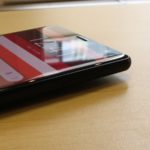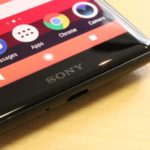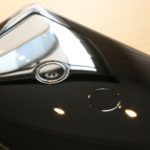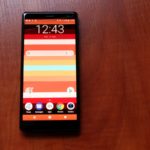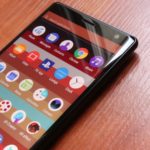Samsung heads into CES 2026 with momentum Samsung Electronics is closing out 2025 with a strong signal of where its future tech ambitions lie….
Sony Xperia XZ2 review: the best Sony smartphone in years?
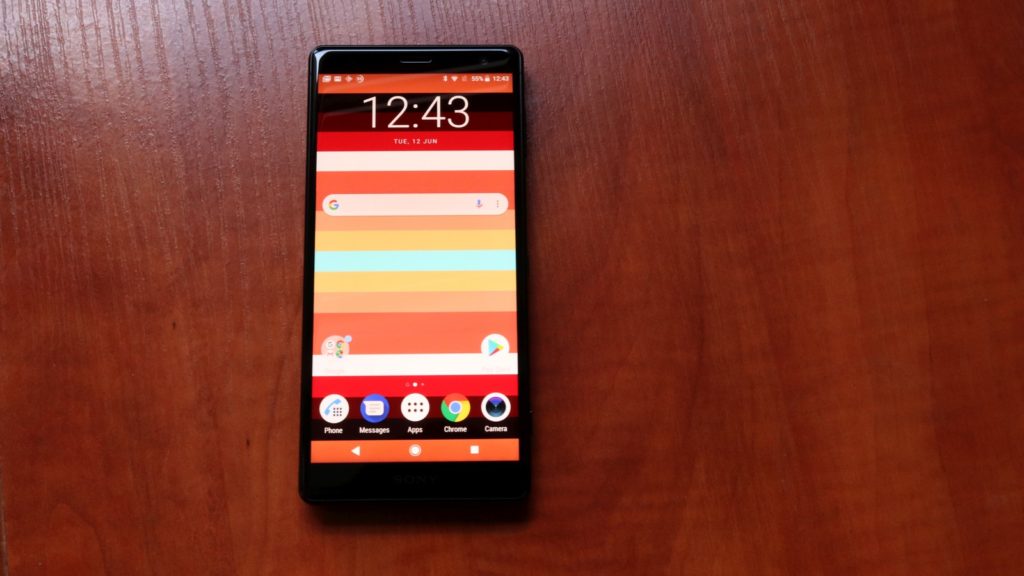
Sony has been responsible for torridly boring smartphones of late. The last interesting device by the company was the Z3 Compact which launched some four years ago now.
I still remember reviewing it. On a weekend getaway with friends, the Z3 Compact did a remarkable job of capturing sunsets, beach scenes while lasting some two days on a single charge. In 2014, its block styling suited its utilitarian nature, but it was by no means ugly. The Samsung Galaxy S5 came out earlier that same year, and substituted the S4’s plastic cladding with weird a weird BandAid like back.
The iPhone 6 though made it look like a hunk of cheap plastic. And in 2017, even if materials changed, Sony hadn’t revised the stale Z design language, nor had it made any notable advancements in its Z4 or XZ devices that followed.
It’s now 2018, and at long last the Japanese company has refreshed its phones’ physical appearances. Well, at least somewhat.
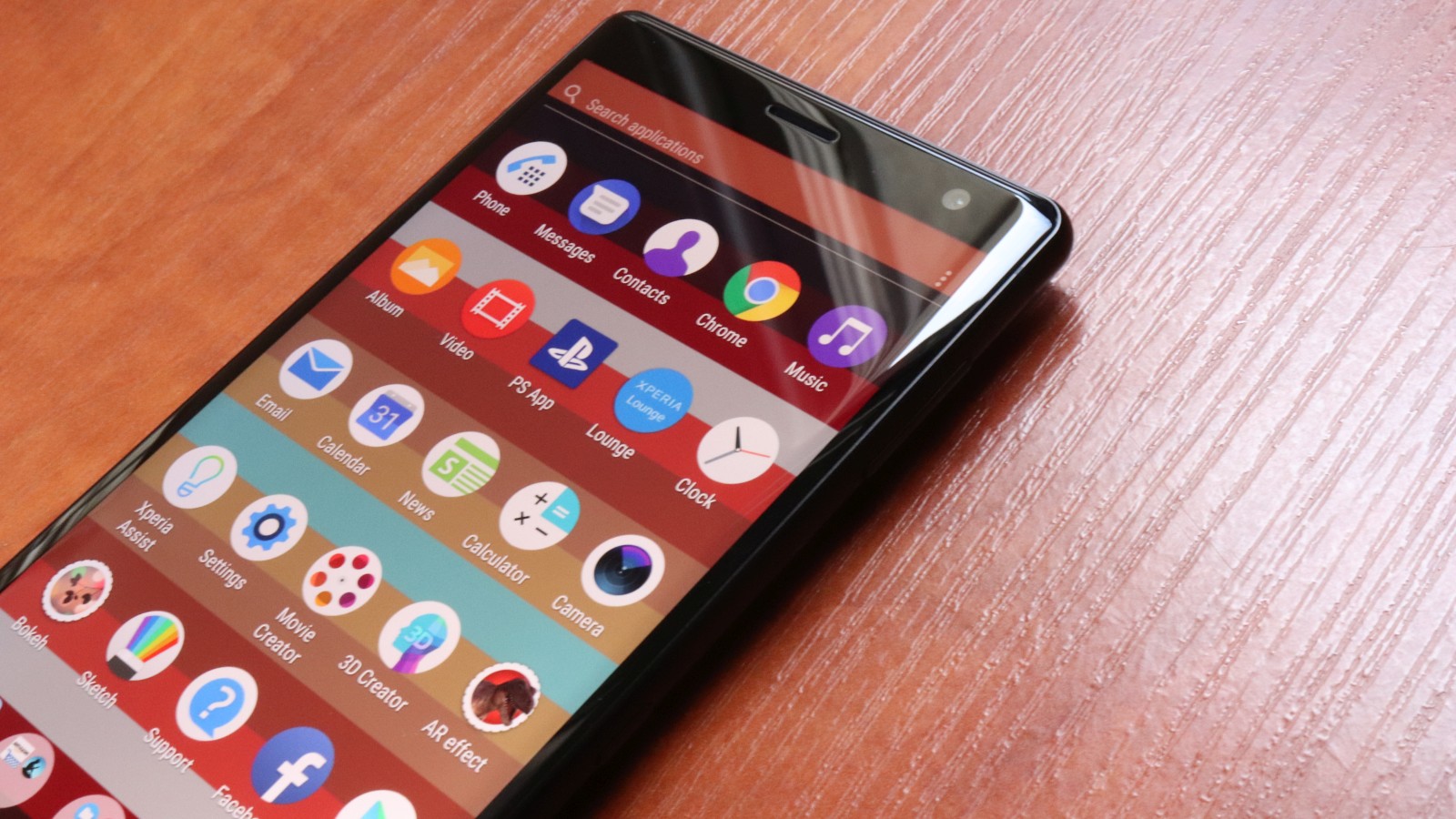
Last month, I reviewed the Sony Xperia XA2 — a slightly overpriced but remarkably well executed mid-range phablet. This week, it’s all about the Sony Xperia XZ2 — the company’s current flagship, and a device that’s going up against the Huawei P20, Samsung Galaxy S9 and iPhone 8.
Aesthetics and design
Firstly, it looks nothing like its three rivals, who flaunt thin bezels, slim bodies and multiple cameras in some instances.
Sony’s traded sharp corners for a square-but-rounded finish on the XZ2, with a glass panel front that’s neatly mated to the metal body. At the rear, there’s a convex polycarbonate backplate giving the phone its signature shape (and turns it into an emergency fidget spinner). This bulge also makes holding the phone a little more comfortable, as if part of the hand.
All this glass and metal makes it a hefty device. At 198 grams, it’s some 20 grams heavier than the equivalent Huawei and Samsung flagships. As a result, using the phone can be a bit of a chore for those used to lighter devices like the iPhone 6. Sony’s use of shiny materials also makes the device notably slippery, so picking it up and putting it down on slanted surfaces should be done with great care.

I/O options are a lot slimmer than its body though. A USB-C is the only port you’re getting here, bar a SIM tray and microSD card slot. I have no idea why Sony — with its pedigree in wired headphones — would ditch the 3.5mm headphone jack, but its a daft decision.
But while we’re on poor design, let’s talk about that fingerprint reader placement. Sitting just below the camera, and boasting similar texture and feel, I can’t recall how many times I touched the camera instead of the reader, waiting for the phone to unlock. Remember Sony’s side-mounted fingerprint reader? Even that was a smarter idea than its current positioning.
Poor choices aside, one smart solution should be mentioned. The XZ2’s SIM tray doesn’t require a pin; instead a recess allows users to snag it with a fingernail and pull it out — great for when you’re stuck without those bastard little metal prods.
Sony Xperia XZ2 specifications:
Dimensions: 153mm tall, 72mm wide, 11mm thick
SIM type: Dual Nano SIM
Weight: 198 grams
Screen: 2160×1080 | 5.7-inch | IPS LCD | HDR support | 18:9 aspect ratio | 424 pixels per inch
CPU: Qualcomm Snapdragon 845 | octa core | 4 2.7GHz Qualcomm Kyro 385 Gold cores and 4 1.7GHz Qualcomm Kyro 385 Silver cores
GPU: Qualcomm Adreno 630
RAM: 4GB
Battery and power: 3180mAh fixed | Qi wireless charging support | Qualcomm QuickCharge 3.0 support
Storage: 64GB, microSD card support
Rear camera: single camera array | 19MP sensor with f/2.0 25mm lens | Electronic Image Stabilisation, Predictive Phase Detection autofocus
Selfie camera: single camera array | 5MP sensor with f/2.2 lens | Electronic Image Stabilisation
Video support: 2160p at 30 frames per second, 1080p at 960 frames per second
Radios: Bluetooth 5.0 LE | dual band WiFi 802.11 ac | NFC | 4G LTE | A-GPS, GLONASS, GALILEO and BDS
I/O: USB 3.1 through USB Type-C 1.0 port | No 3.5mm headphone jack
OS: Android 8.0 Oreo
Other features: IP68 water and dust resistance | rear fingerprint reader | Corning Gorilla Glass 5 screen protection
Colours: Ash Pink, Deep Green, Liquid Black, Liquid Silver
Release Date in SA: June 2018
Recommended Retail Price: R13 499
Overall, the Sony Xperia XZ2 uniquely attractive bar the still prominent chin and forehead, but the side bezels do allow the Japanese company to squeeze in a 5.7-inch, HDR-supporting 2160×1080 display rather neatly. Hats off to Sony too. It’s probably one of their most beautiful LCD displays fitted to a flagship device I’ve ever seen. Brightness is more than sufficient in broad daylight, while colours pop indoors.
Internals and performance
Internally, Sony too is singing from 2018’s flagship hymn sheet.
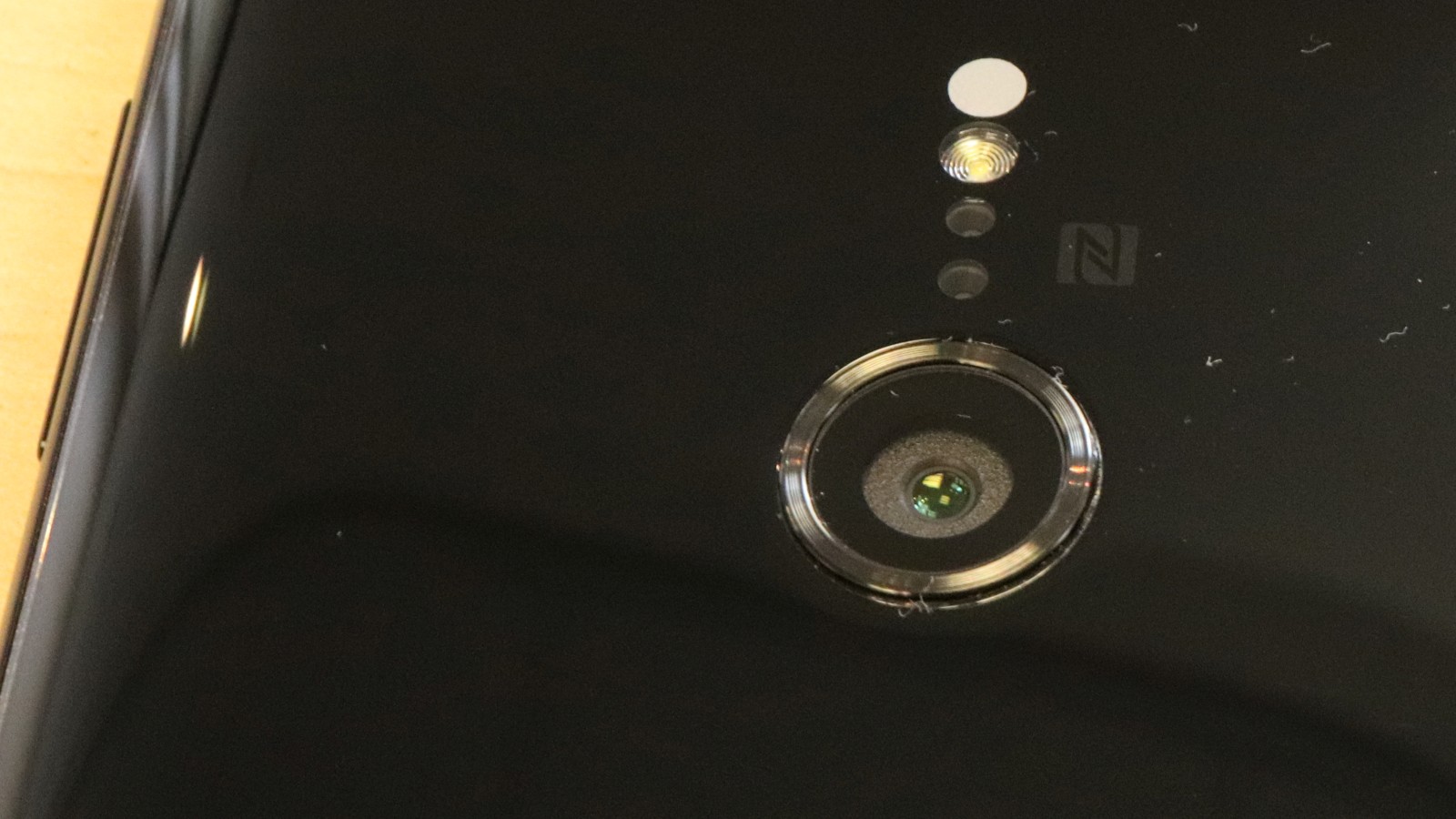
There’s a Qualcomm Snapdragon 845 chipset — the gold standard for mobile processing at present — with 4GB of RAM, and 64GB of internal storage. 4GB of RAM is more than enough for Android 8.0 Oreo though, which Sony has been regularly updating during my month-long stint with the phone. Apps like Instagram, Netflix and YouTube, can all run side-by-side without much memory consumption issues.
That goes for raw performance too.
Gaming on the Sony Xperia XZ2 is a dream. The phone doesn’t suffer with those annoying heat sink issues of older Snapdragon 820-era models, saving battery life and making long gaming sessions more comfortable. And this goes for extended video streaming too. We’ll get into battery life a little later.
While it doesn’t have a dual camera setup or notch, the XZ2 does have another gimmick up its sleeve: a dynamic vibration system. It’s an feature that vibrates the phone to match audio in games, movies or music. In theory, it sounds fun. In practice, I found it pretty annoying. I generally turn my PlayStation DualShock vibrations off, so pin it to personal preference.
Nevertheless, general haptic feedback, and even vibration alerts, and notably more nuanced than on any other smartphone I’ve ever used. Is that little tech advancement worth punting on a flagship phone though? I don’t really think so.
Camera
Where the Xperia XZ2 does shake itself to bits is its camera performance. Although its 19MP rear snapper is adept at capturing buildings and landscapes in bright light, it struggles when your subject or hands are moving. And thanks to the phone’s weight, you’re probably going to be shaking quite a bit when holding this phone out to take a photo. At night, snaps are tolerable if you can keep calm and stay patient.

Sony Xperia Xz2 Review 8
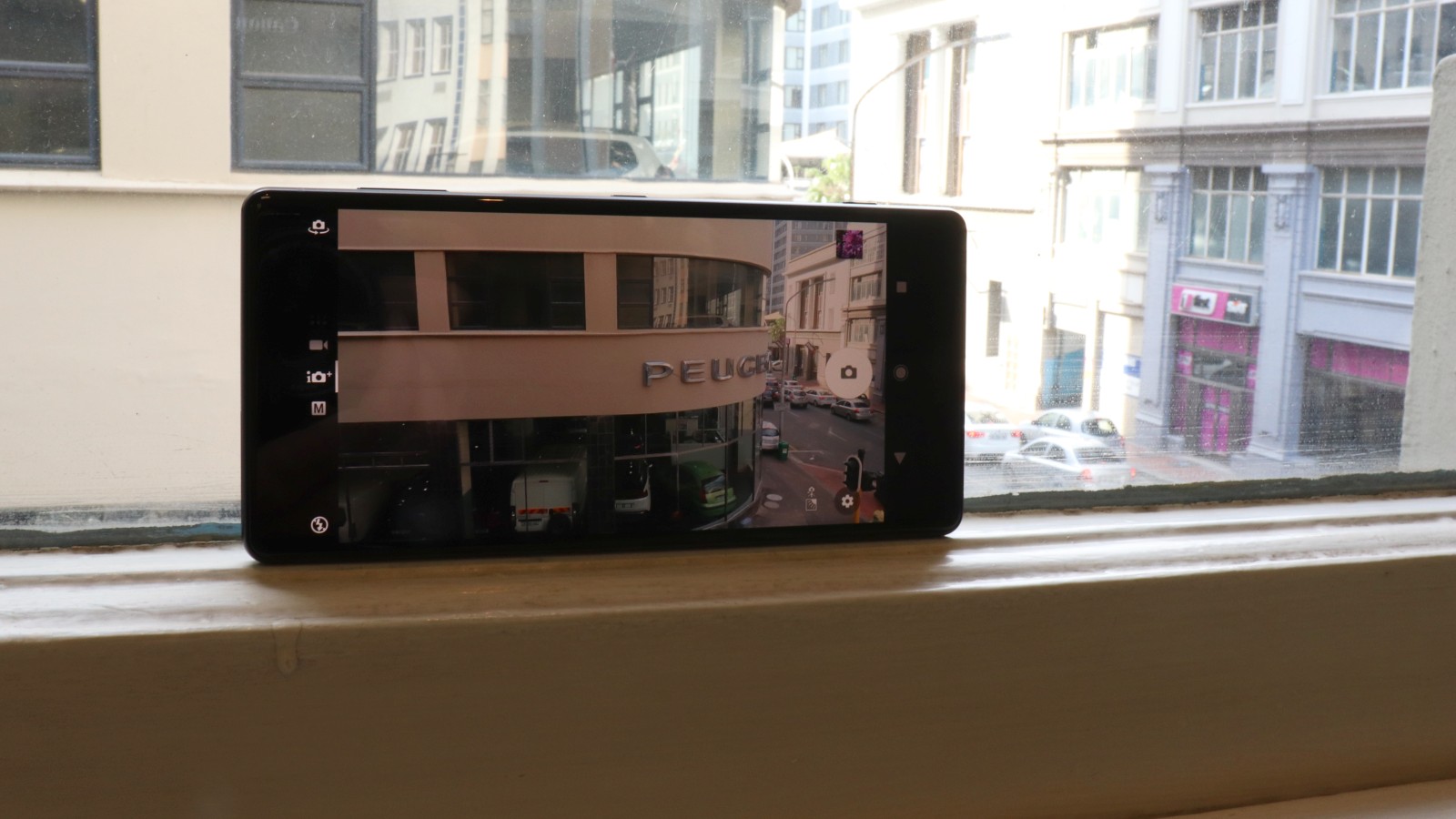
Sony Xperia Xz2 Review 1
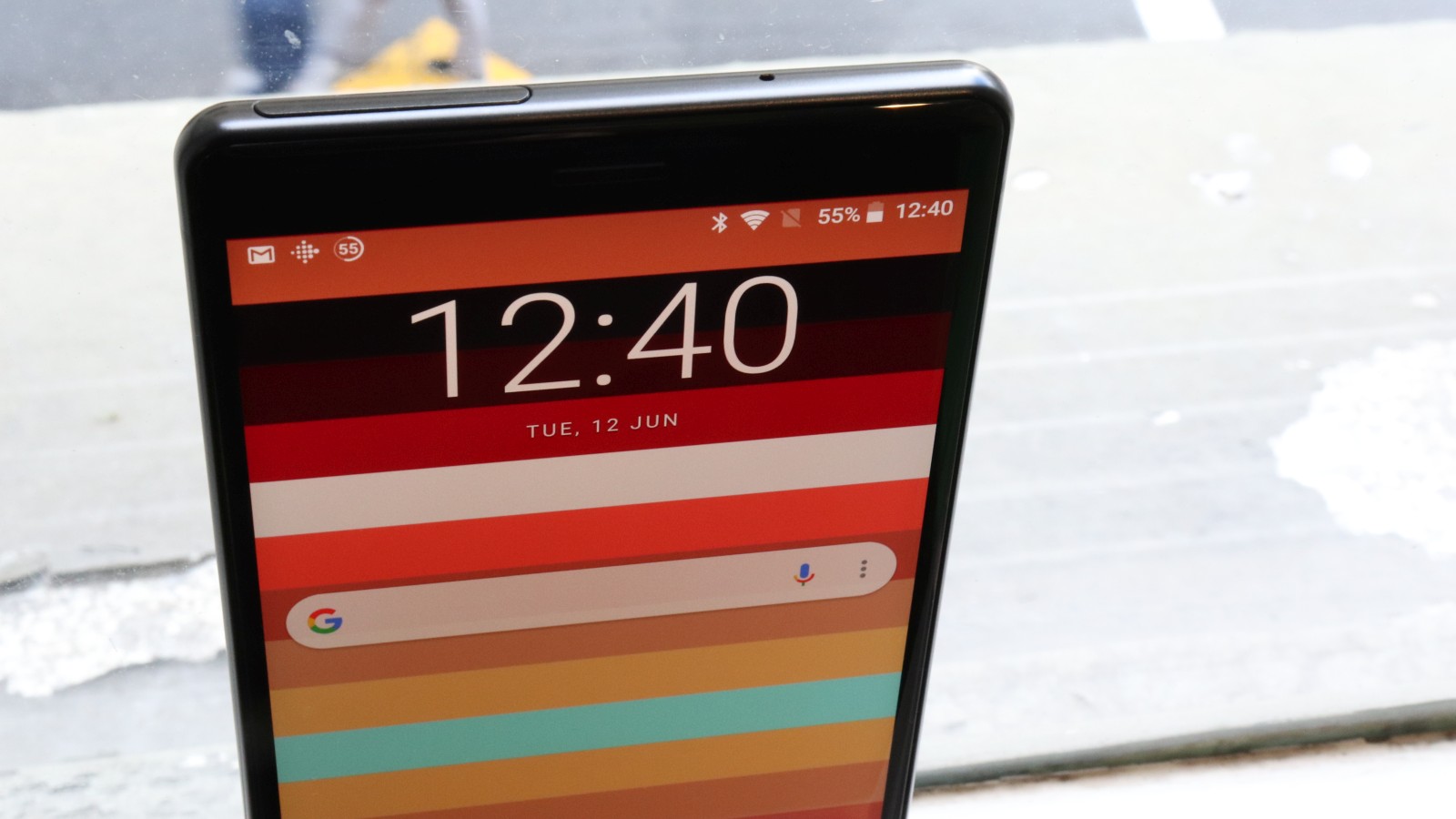
Sony Xperia Xz2 Review 2
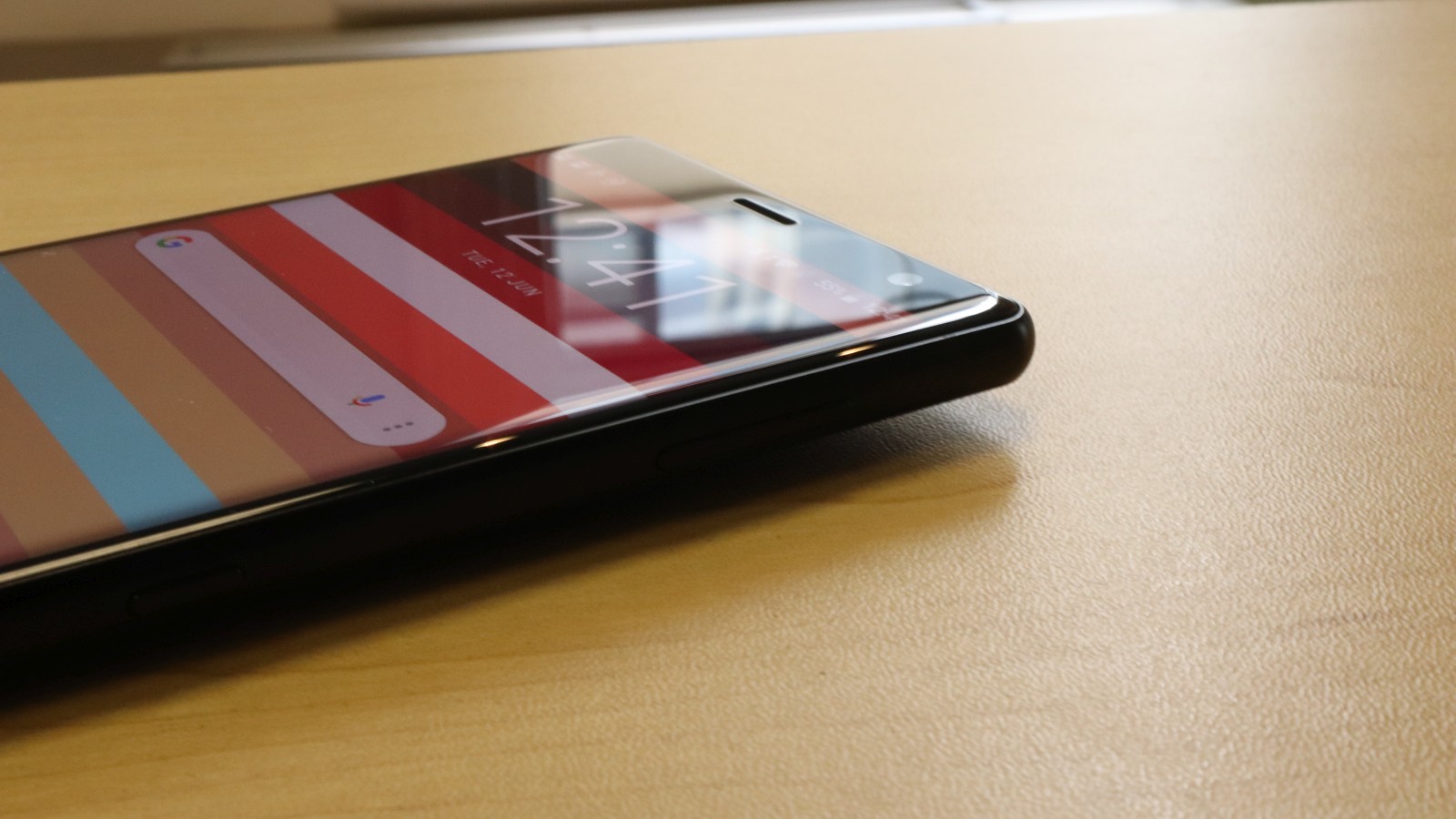
Sony Xperia Xz2 Review 3

Sony Xperia Xz2 Review 4
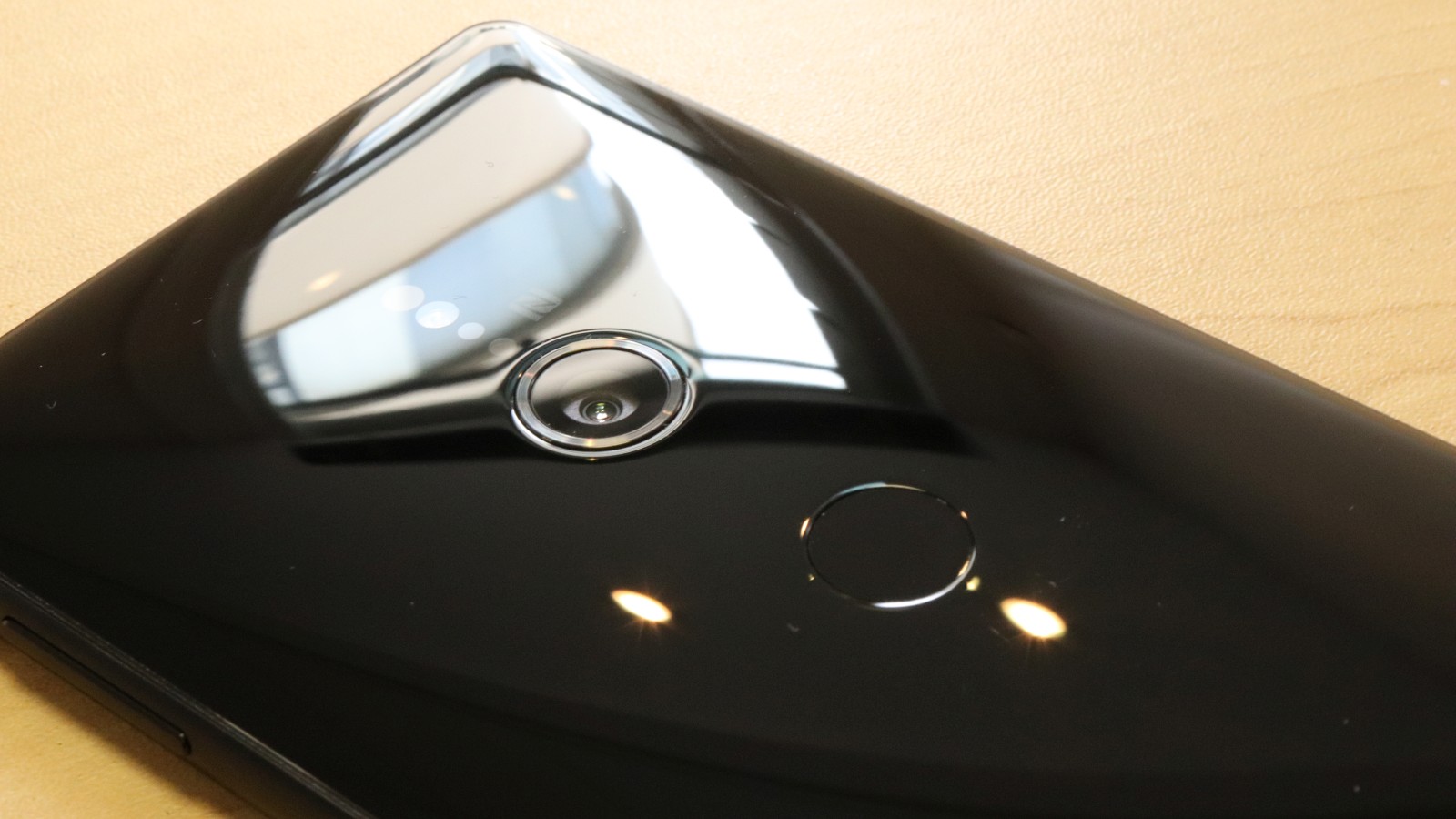
Sony Xperia Xz2 Review 5

Sony Xperia Xz2 Review 6
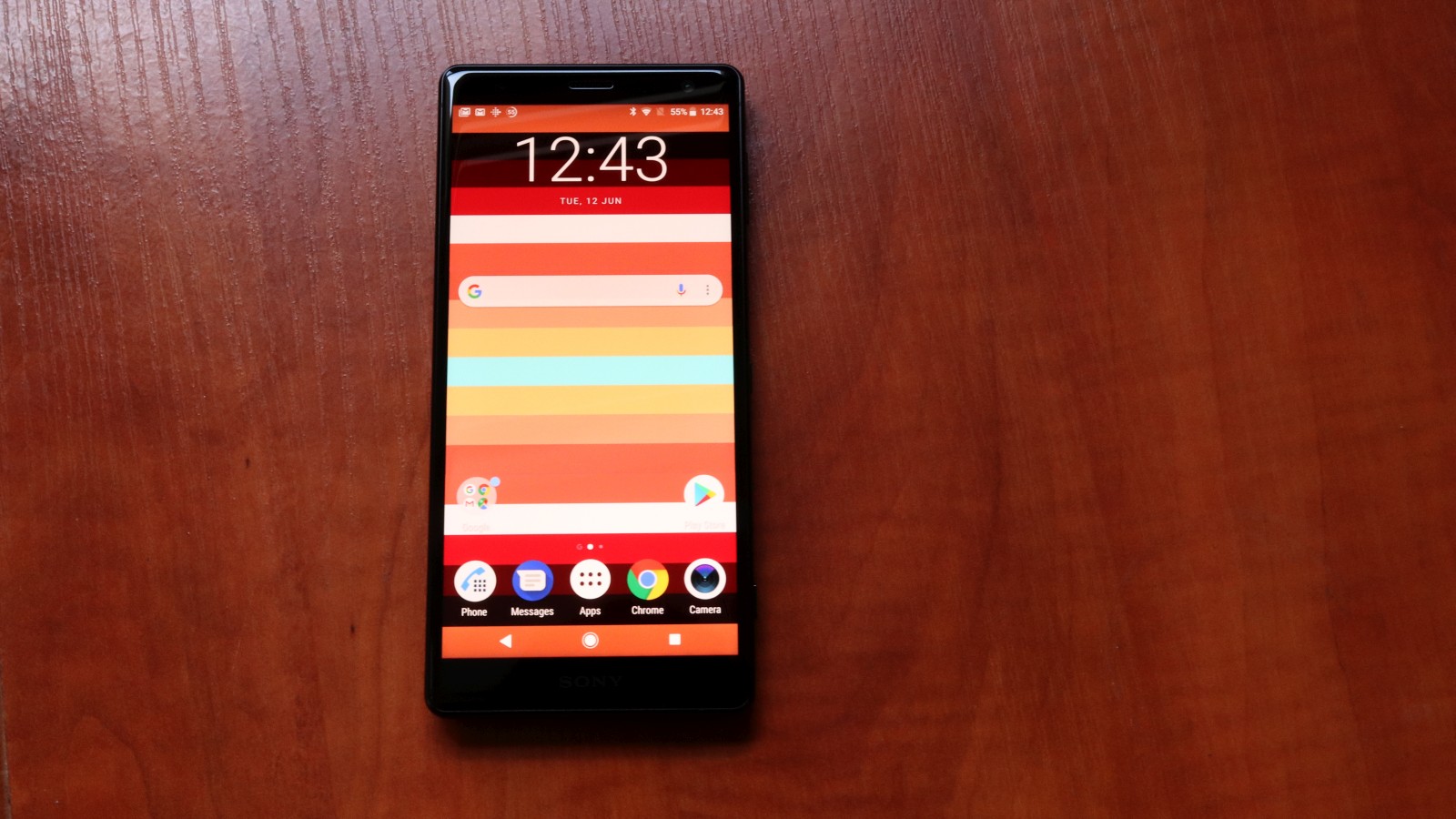
Sony Xperia Xz2 Review 7

Sony Xperia Xz2 Sample Pictures 012

It's a decent picture, but don't think you can get decent bokeh or blurred backgrounds with this camera.
Sony Xperia Xz2 Sample Pictures 013

With only 5MP to spare, the selfie camera is probably the most disappointing thing about this phone, especially when the XA2's selfie snapper was so great.
Sony Xperia Xz2 Sample Pictures 001
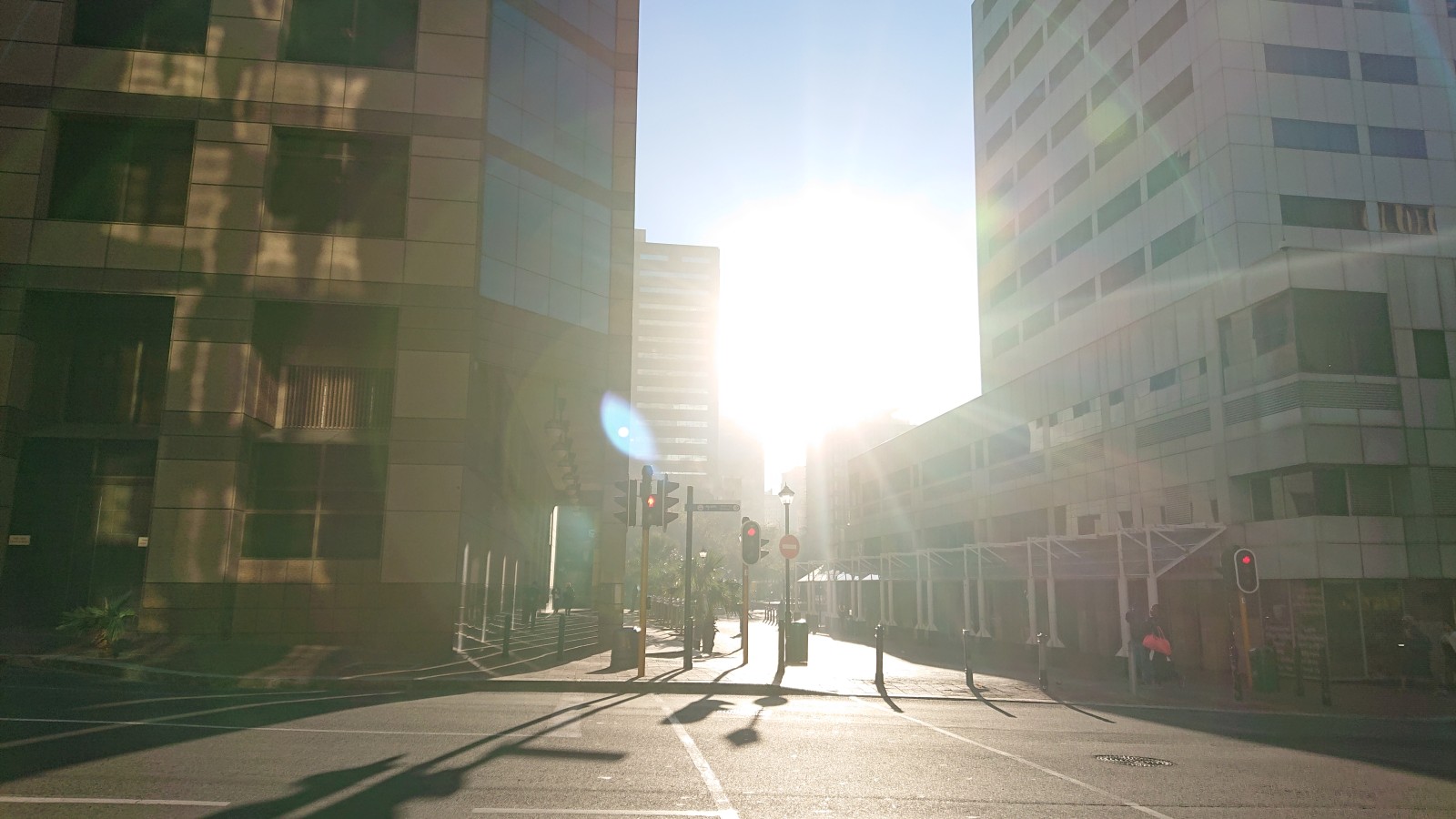
Really forced the camera into submission here, but it did fairly well dynamically here. Colours are a bit lacklustre though.
Sony Xperia Xz2 Sample Pictures 002
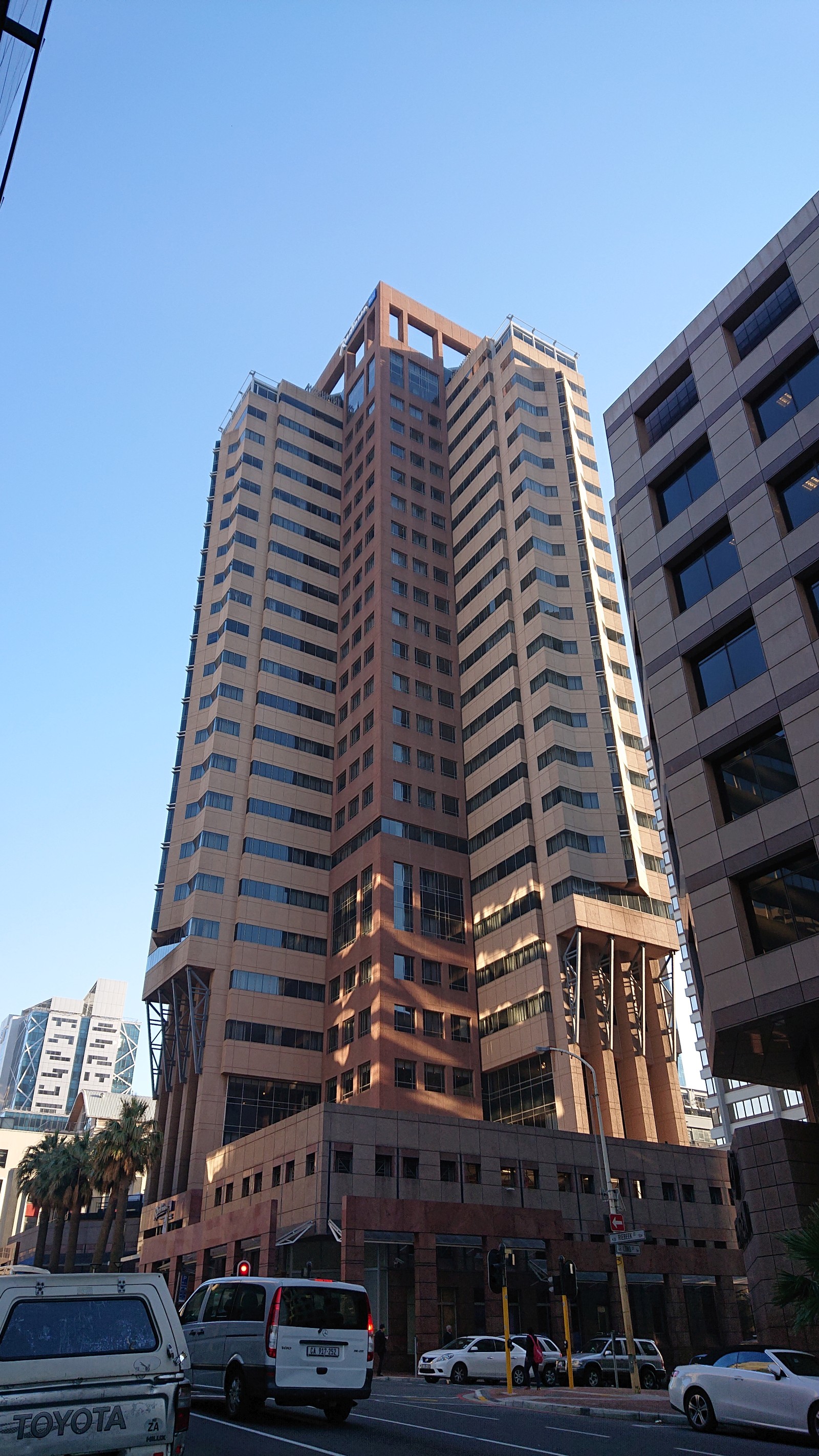
Triangle House in Cape Town's CBD. This was probably the best snap I took using the phone.
Sony Xperia Xz2 Sample Pictures 003
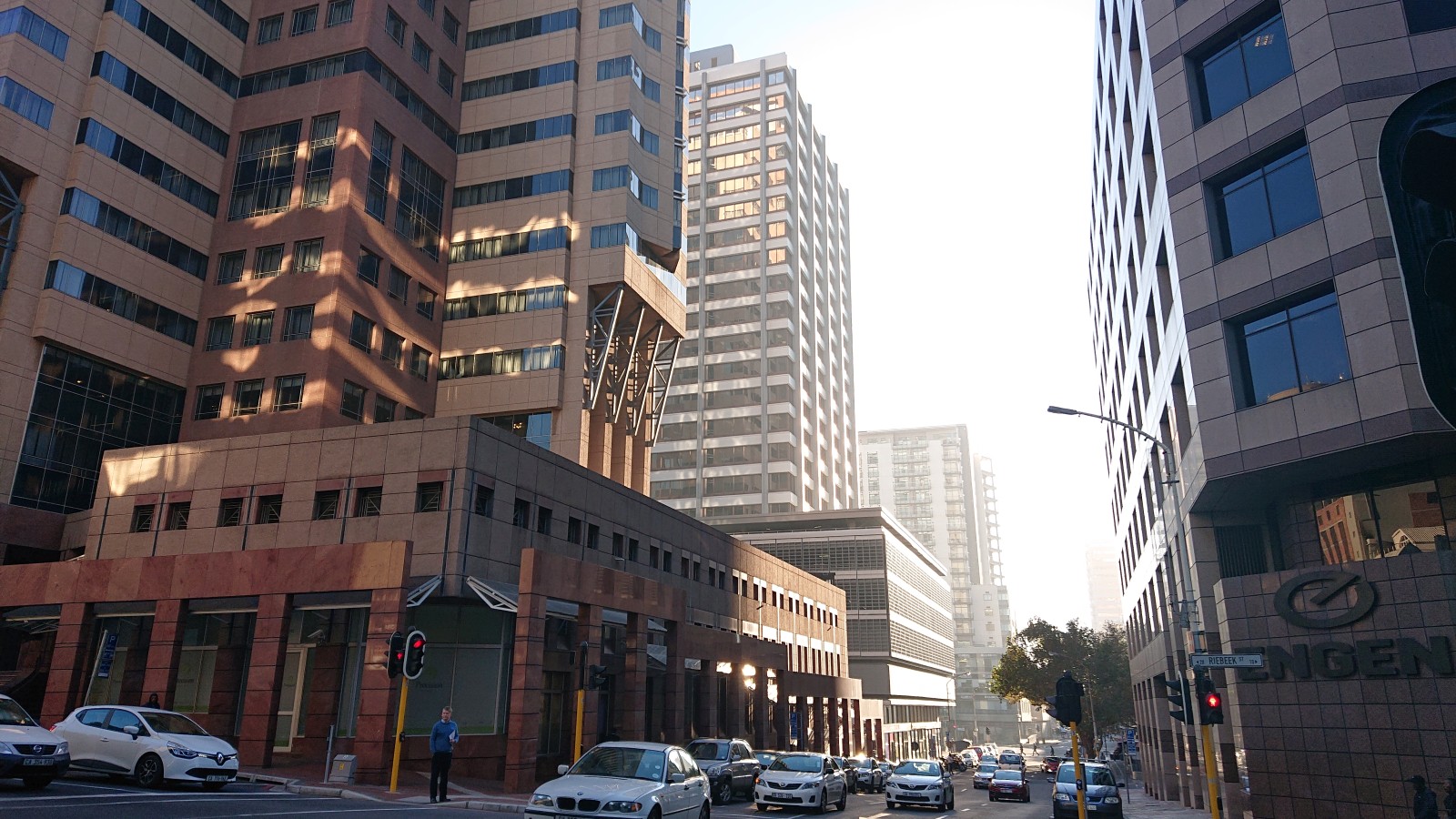
Looking down Long Street, the background is really, really blown out.
Sony Xperia Xz2 Sample Pictures 004
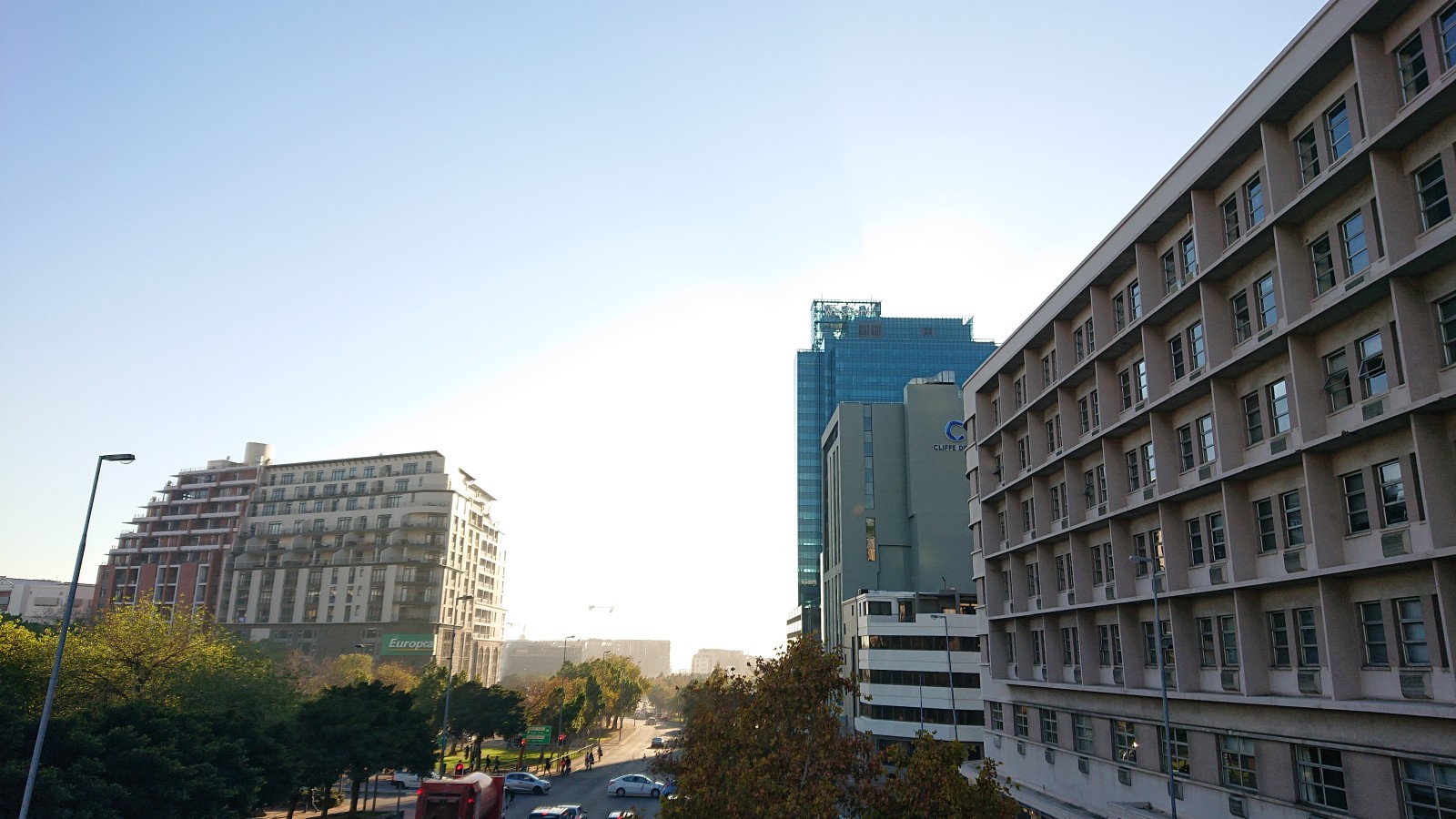
I was moving ever so slowly while I took this picture, but the foreground is a jittery mess. The Sony does not like to be moved when snapping.
Sony Xperia Xz2 Sample Pictures 005
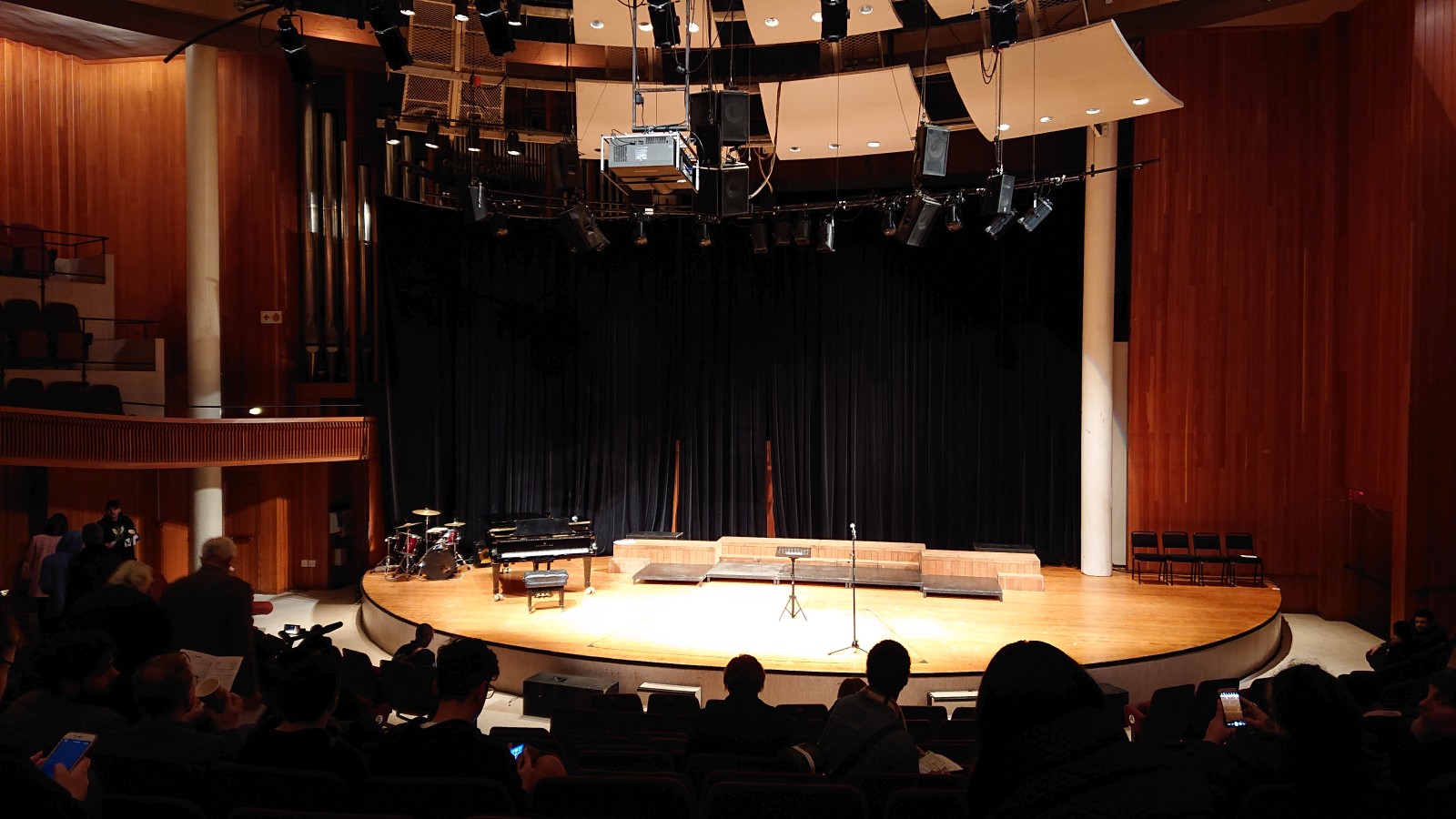
There's two sides to this image. One, the upper half is almost perfectly in focus. The bottom half looks like it was taken by a Moto V360.
Sony Xperia Xz2 Sample Pictures 006
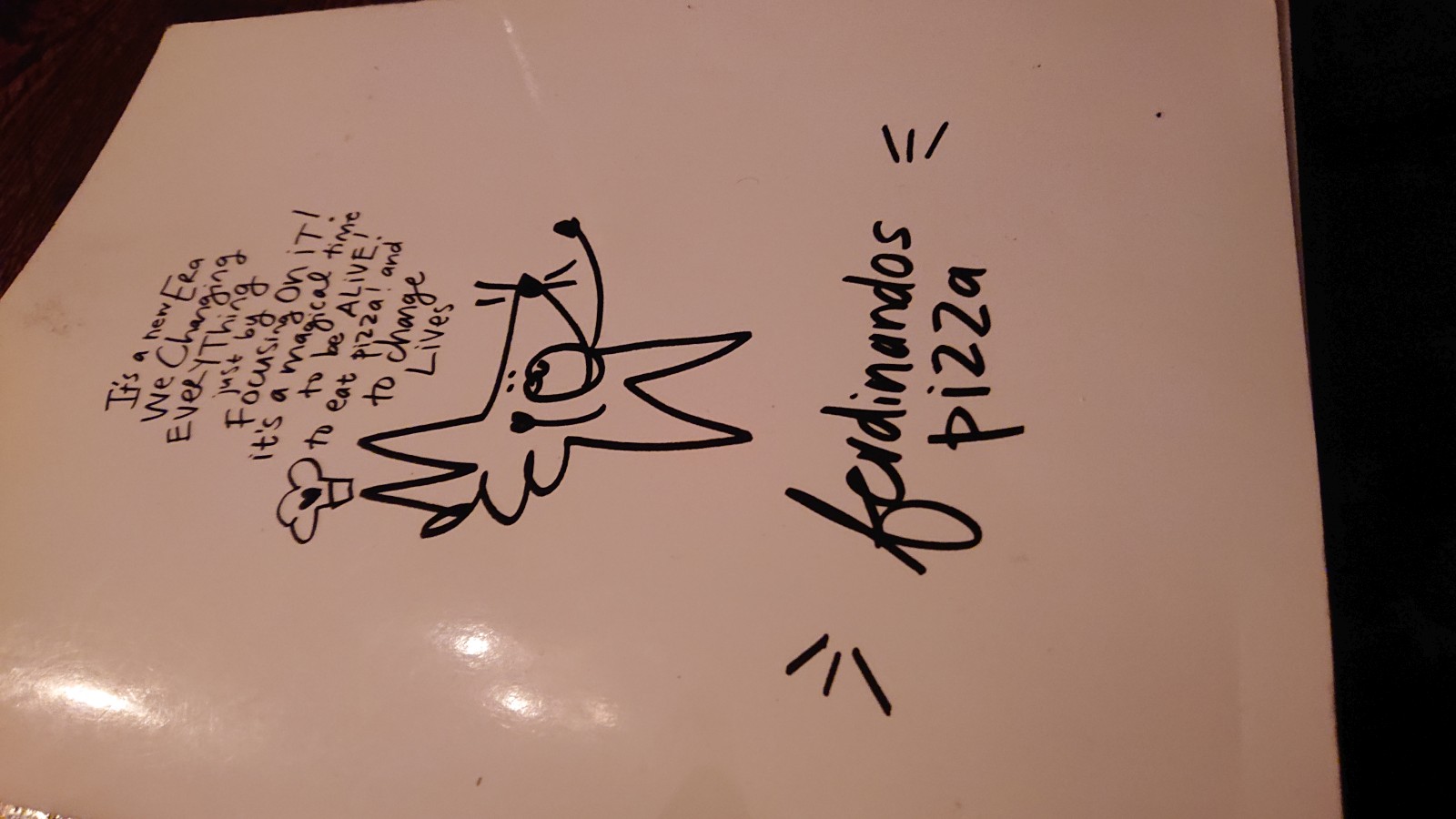
Snapped this indoors. It's not a terrible camera for text.
Sony Xperia Xz2 Sample Pictures 007

This image doesn't do the pizza justice.
Sony Xperia Xz2 Sample Pictures 008
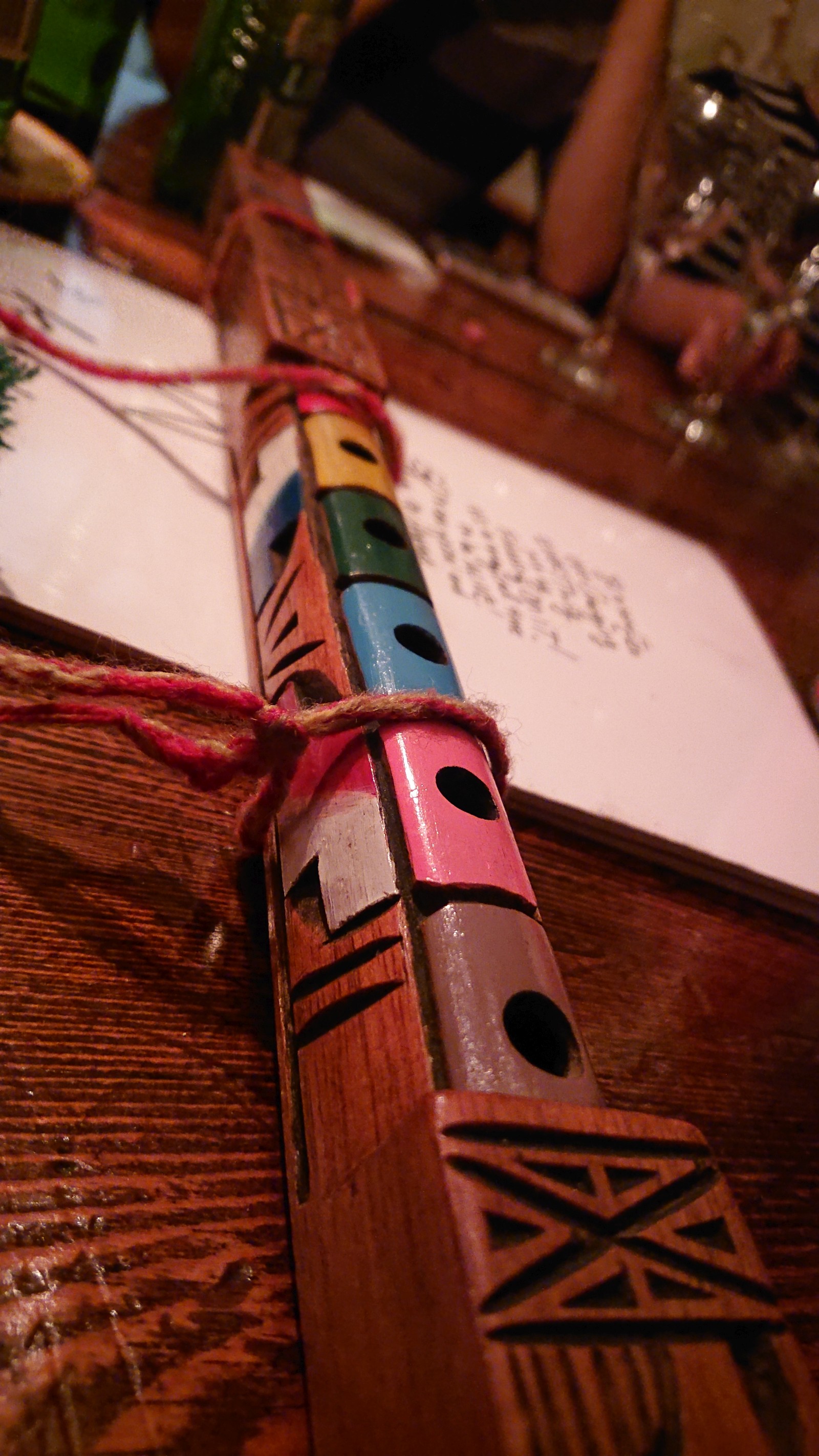
Quite like the colour reproduction in this image, even though there's a notable red tint.
Sony Xperia Xz2 Sample Pictures 009

With almost no lighting, this was a mini triumph for the Sony Xperia XZ2.
Sony Xperia Xz2 Sample Pictures 010

This looked great on the Sony's screen. Not so much on a full sized monitor.
Sony Xperia Xz2 Sample Pictures 011

Could the XZ2 be the weakest flagship camera phone available in 2018? Possibly.
It’s a disappointment when it comes to macros too.
Snapping flowers and insects are not as satisfying as with the Samsung Galaxy S8, for instance. And blown up on larger monitors, snaps feel a bit muddy on closer inspection. Perhaps this is due to Sony’s incessant use of EIS instead of OIS. Perhaps the camera’s just slow to respond to subtle changes in environments. Who knows, but I did not enjoy my camera experience with the XZ2.
It does however make up for it slightly in its super slow-motion video capture. 960 frames can be recorded at 1080p resolution for two seconds, giving users a lot more pixels to fool around with at a higher resolution, but your 64GB will be occupied really, really quickly with this method.

Still, it’s one of Sony’s bigger advancements over its rivals, and that should be duly noted. But it’s only functional during the day outside or in bright artificial light, rather limiting its value. The f/2.0 just isn’t large enough to let in the required amount of light.
Battery and software
Without being flashy, the XZ2 excels in other areas too. Notably, battery life is excellent in keeping with Sonys of the past. Its reservoir is slightly larger than the Samsung Galaxy S9 and the Huawei P20, at 3180mAh. It’s enough to last the device more than a day, but for the weight, I feel Sony could’ve maybe given us a larger tank.
With that said, Stamina Mode remains the best power saving software implementation on Android today, completely throttling the CPU and restricting app updates in the background. The Z3 Compact could last more than two days on this mode, the XZ2 comes close. But you’ll have to sacrifice smoothness and UI tinsel.

And speaking of the software, Sony’s launcher is one of the more adept software additions to Android, taking a few hints from Nova Launcher. While it still feels limited compared to the latter, it’s a good effort.
Final thoughts
Ultimately, Sony’s Xperia XZ2 is unremarkable. On paper, it seems like every other 2018 flagship, but in practice, it’s Sony not sacrificing its strengths to please its marketing team. And I want to applaud the company for finally taking a few design risks (no, I’m not talking about removing the headphone jack) with this phone too.
The phone does fall behind in specific areas: it’s camera could be better; it has loads of excess fat it could shed; and its design isn’t perhaps as sleek and slender as many other devices. But it’s attractive, different, and practical — that’s more than you could say for many a smartphone in 2018.

Finally, the price makes it one of the most attractive smartphone deals of the year. At around R13 000, the Sony’s about R2000 cheaper than the Huawei P20 and the Samsung Galaxy XZ2. In fact, the only flagships within its price range is the Nokia 8 Sirocco and the LG G7 ThinQ.
For that price, users do get a lot of phone. Literally.
Verdict: While the Sony Xperia XZ2 has a few issues, they aren’t deal breakers. The camera performance (both front and back) lags behind massively in some aspects, while the phone’s itself is a bulky weight in the hand or pocket. But it does everything well enough, and that Snapdragon 845 is a sprightly yet thrifty workhorse. If you’re vested in the Japanese company’s wares, go for it. It’s probably the best Sony I’ve used in years.
Score: 7/10

